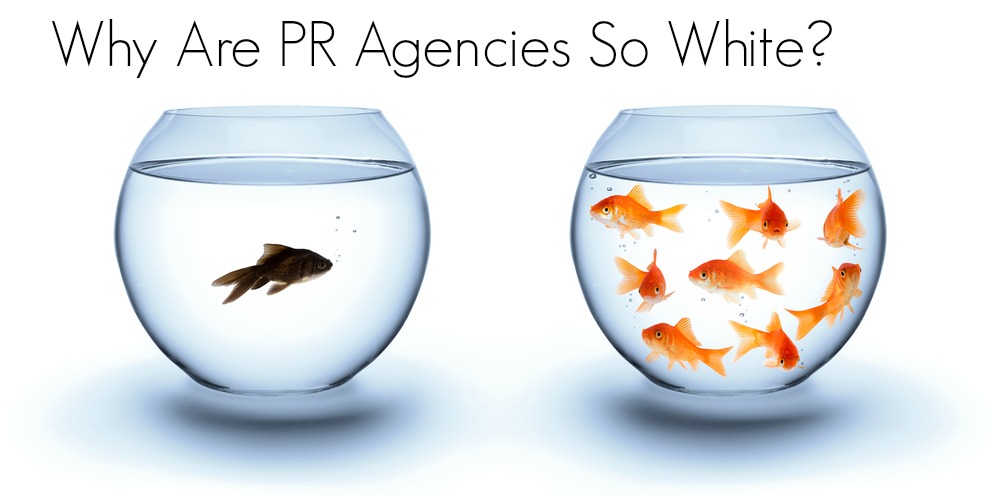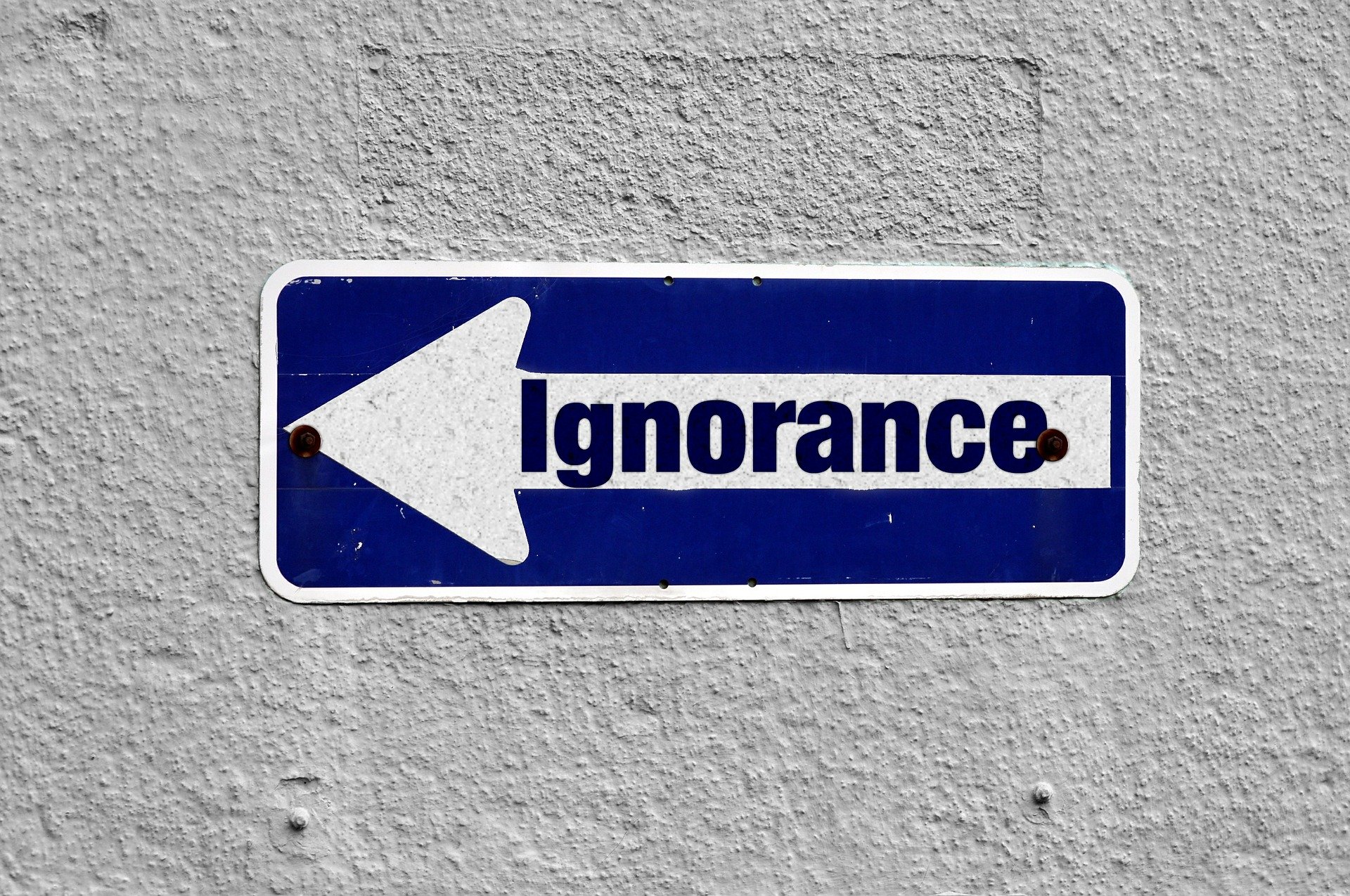Much of the recent news surrounding Diversity, Equity and Inclusion of late is negative. DEI programs have been banned in states like Texas, and the backlash hasn’t stopped there. Axios reports that businesses have “backed away from DEI programs over the past two years in the wake of widespread attacks from lawmakers, high-profile rich guys and conservative activists.”
NPR, which ramped up diversity efforts to combat Covid-era viewership decline, is facing a double-whammy of stagnant business results and criticism over its own DEI moves. Chief Diversity Officer, once one of the hottest job titles, is today more likely a ticket to early burnout, according to a recent Harvard Business Review piece.
Diversity isn’t dead; but it may be hiding
So it was refreshing to see the results of a new study conducted by Chief, the private executive network for women, showing that fully 80% of C-suite executives remain committed to DEI initiatives and will continue to invest in them. Only 20 percent of the 600 leaders surveyed said they plan to cut back on DEI in 2024. Most strikingly, 44 percent say they plan to increase existing DEI initiatives or create new ones. Forty percent view understanding and promoting diversity and inclusion as among the most important leadership attributes for those in their position.
They just don’t want to talk about it.
Many C-suite leaders fear backlash in 2024
That’s right, what might interest PR and communications execs is that, while the majority of C-level leaders are committed to diversity and inclusion, they fear that a public stand on potentially divisive issues poses more risk than staying quiet. In an age where the country’s best-selling beer can see its market leadership evaporate over an influencer promotion, it’s hard to stick your neck out. So, corporate leaders are now less likely to use acronyms like DEI, or, heaven forbid, ESG. Some corporate programs targeted to Black communities or women have changed their language to ward off anti-DEI litigation. It’s hard to know if these are merely “lawyerly tweaks” or something more substantive.
A cause for quiet optimism?
It’s a mixed bag for sure. On the one hand, it’s discouraging that business leaders feel they need to hold back or risk criticism. But I choose to look at the Chief study more optimistically. The commitment at the top is the most important thing; the PR is secondary. As Cinnamon Clark of Goodwork Sustainability, a DEI consulting firm, said, “Companies are really starting to look at other ways to do the work without saying that they’re doing the work.”
Diversity isn’t going away. The U.S. in particular is diversifying rapidly, and rising generations have high expectations for inclusion and social purpose. With so much performative purpose-driven rhetoric in corporate communications, I’m hopeful that C-level leaders are resolving to focus on less talk and more action – in the form of real, measurable diversity initiatives that go beyond press releases and annual reports.



